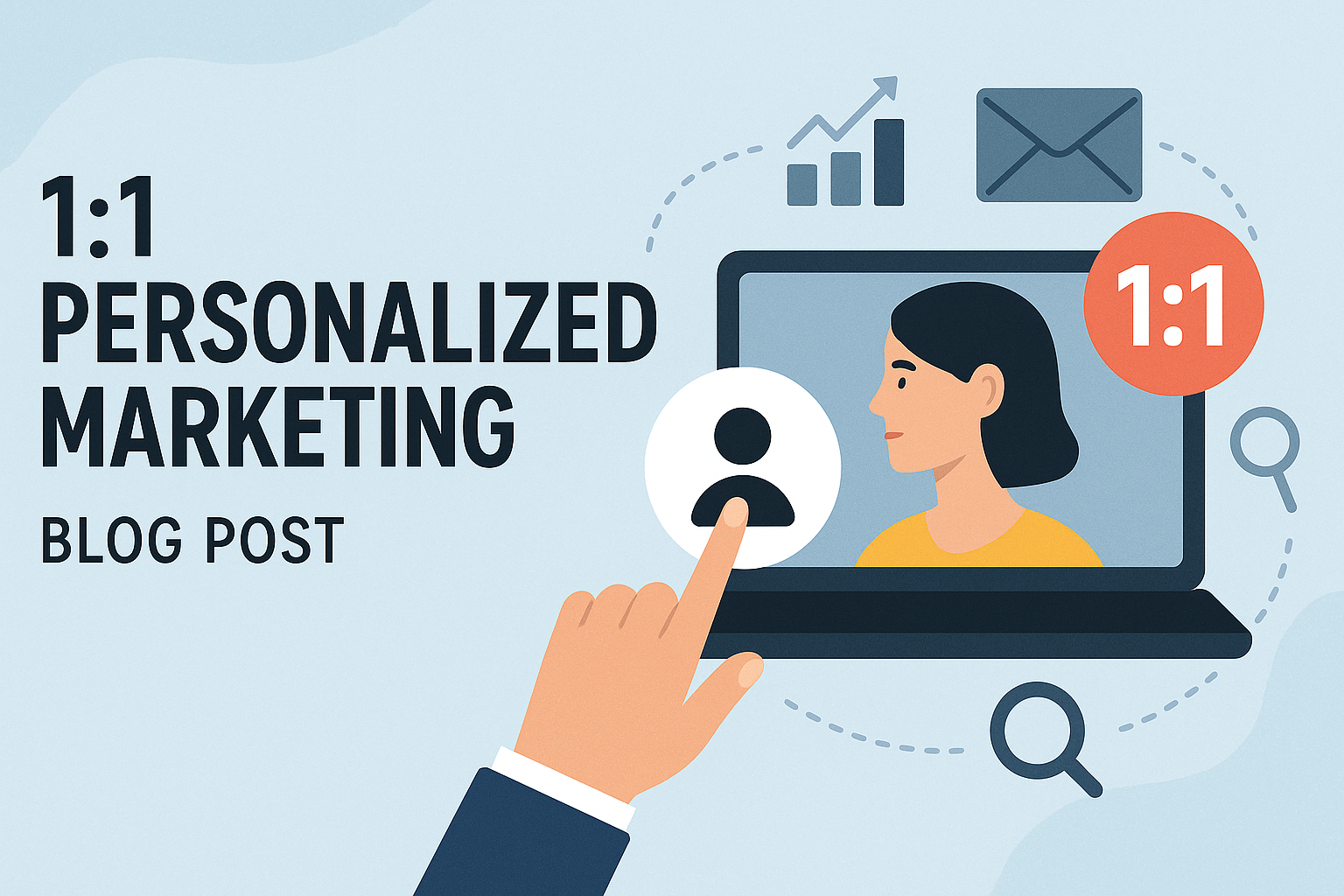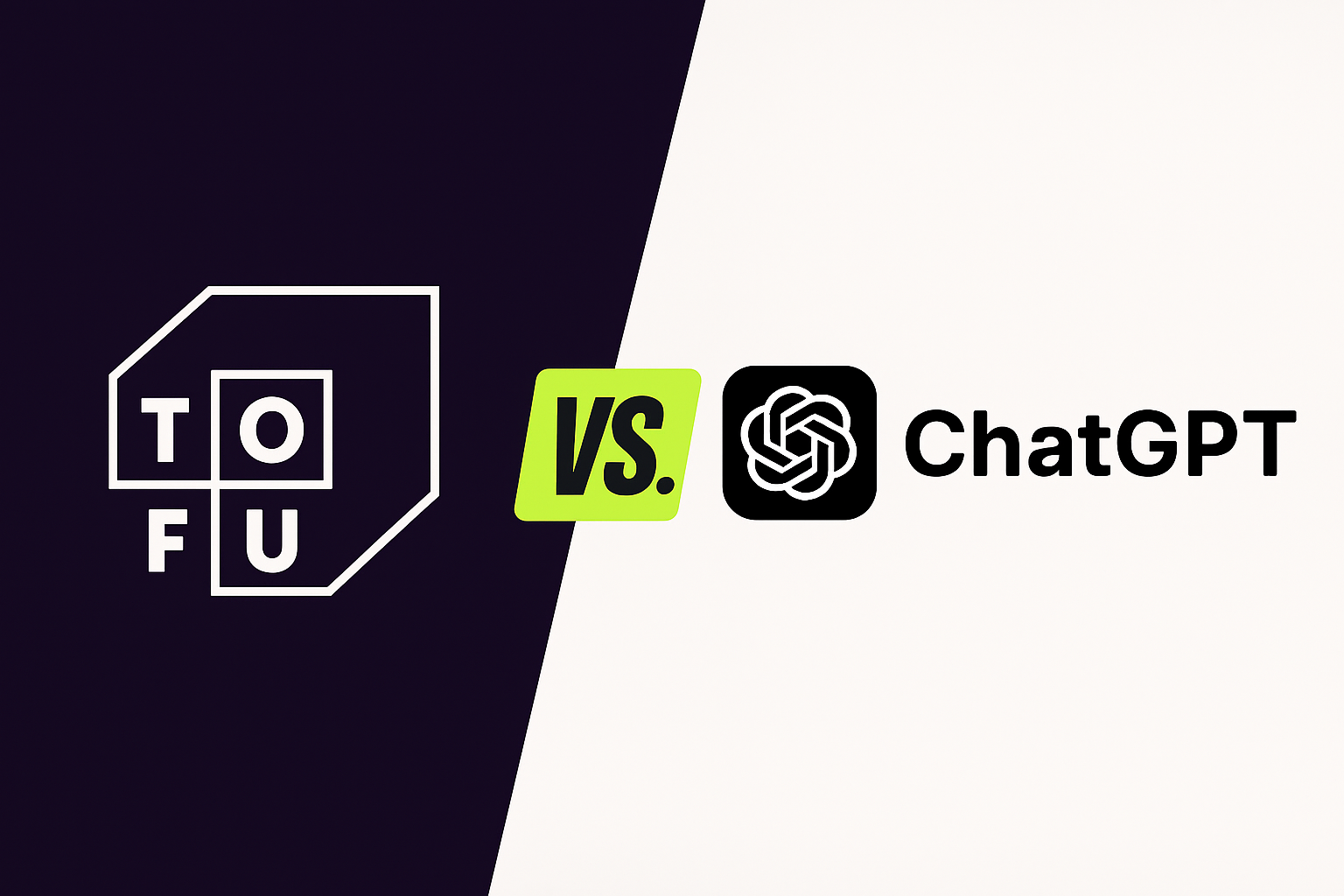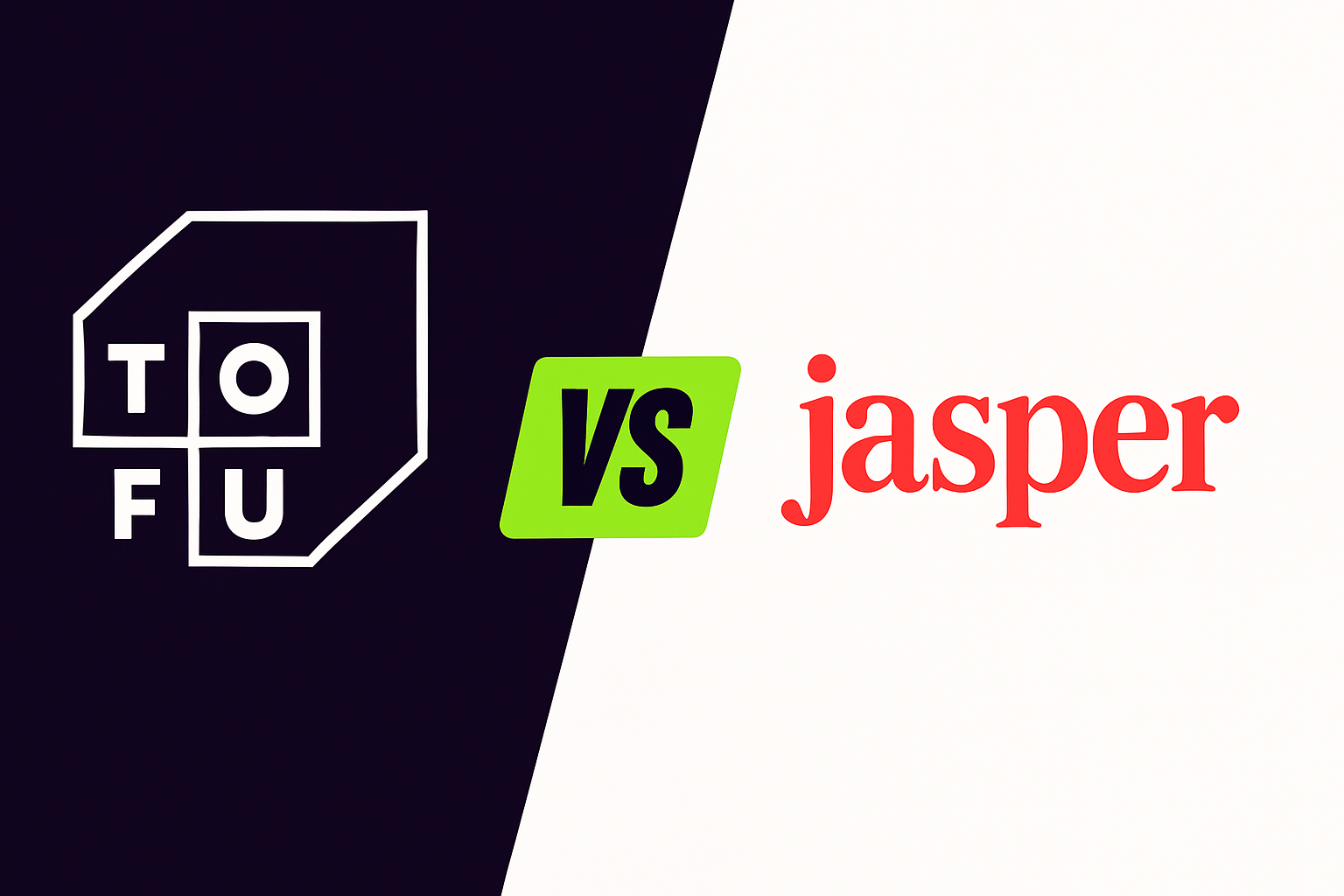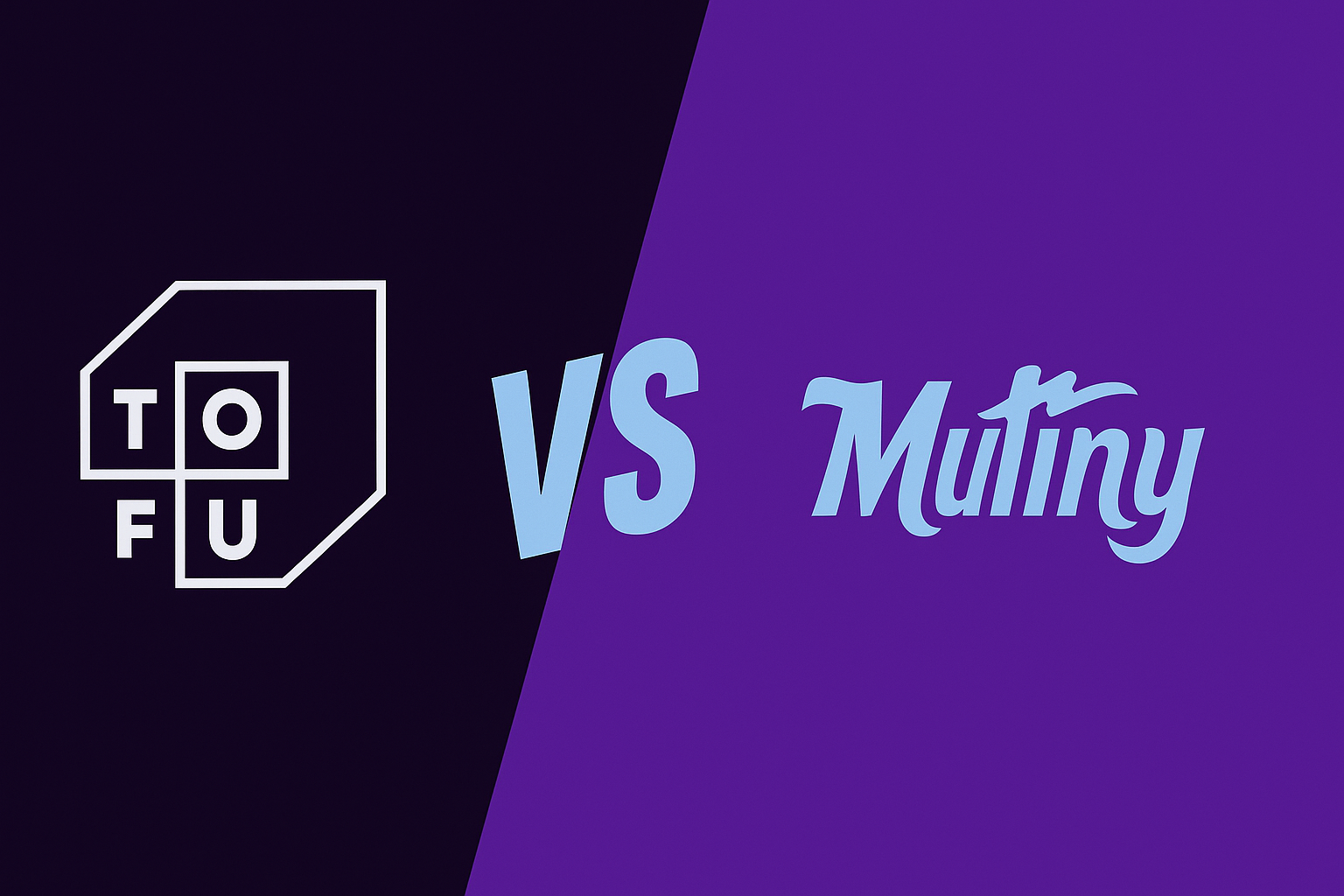Tactical Guide to Prompt Engineering for SDR Sequences

Prompt engineering is not one-size-fits-all. Trying to look at a “prompt engineering 101” guide isn’t going to get you very far when it comes to your very specific use case. The secret to great prompt engineering is being hyper-specific depending on what you are trying to accomplish and using different tricks and tactics to achieve your goals. In this post, we will provide a masterclass on prompt engineering specifically for SDR emails.
Prompt engineering is rapidly becoming an absolute necessity for nearly every function across every business unit within an organization. As companies continue to stay lean and operate with fewer headcount than ever before, the difference between leaning into AI applications as a copilot to your job will mean the difference between becoming invaluable to your organization or potentially finding yourself redundant.
One area where this is particularly pertinent is Sales Development Representative (SDR) emails which often act as the first point of contact between the company and its prospects. Crafting compelling emails that are both well-written and also resonate with the target audience are crucial to getting any kind of engagement. And to make things more complicated, it’s often a volume game when it comes to SDR emails so personalization at scale becomes a challenge without the help of AI tools.
Here's a tactical guide on how to harness prompt engineering for SDR emails.
Understanding the Basics of Prompt Engineering
Prompt engineering is the art and science of generating high-quality content using AI-generated prompts as a foundation. For SDRs, this means crafting prompts which generate emails that not only capture attention but also drive action. By integrating AI into the email writing process, SDRs can ensure their outreach is both personalized and effective at getting opens, clicks, and responses. They can improve the quality of the writing, scale levels of personalization, and stay on-brand/on-message.
The Importance of Prompt Engineering in SDR Emails
Historically, SDR emails have been pretty bad. Often, an SDR is given scripts or templates from Marketing and then tries to adapt them based on their needs. Most of the time, little to no research actually goes into the emails (because it’s hard, time-consuming, and manual!) making them generic, (often) salesy, and typically poorly written. The result is abysmal open rates which forces teams to send more emails and clog up the inboxes of their targets. Going forward, the significance of prompt engineering in SDR emails cannot be overstated. In today's fast-paced digital world, where attention spans are short and inboxes are overflowing, a well-crafted prompt can make all the difference between nailing the tone, details, length, and content of your message vs creating a cringey and clearly AI-written email. Nailing the prompts creates SDR emails that have the power to capture the recipient's attention, pique their curiosity, and ultimately get them to respond. On the other hand, a poorly constructed prompt may cause the email to be ignored or deleted, resulting in missed opportunities.
With the introduction of generative AI, the ability to finally personalize each email and maintain a specific tone/messaging has become a reality. When it comes to SDR emails, prompt engineering is crucial for creating effective outreach campaigns. By carefully crafting prompts that generate outputs which resonate with the target audience, SDRs can increase the likelihood of creating meaningful engagements and ultimately driving sales.
Best Practices for Prompt Engineering in SDR Emails
- Start with context: Tell the LLM who you are, what your role is, what your company does/sells, etc so that it has the proper context to act as your copilot.
- Example: “You are [NAME] a sales representative at [COMPANY NAME] whose website is [URL]”.
- Have a clear objective: Before diving into prompt generation, clearly define the goal of your email. Whether it's booking a meeting, sharing insights, or introducing a product, your prompt should align with this objective and explicitly state that.
- Example: “You are writing an email to [PROSPECT NAME] who is [TITLE] at [COMPANY] and whose LinkedIn profile is [URL]. The goal of this email is to [let them know about our new product X that we just launched and book a meeting to show them a demo]
- Focus on “Dos” not “Don’ts”: While you definitely can add a “don’t” to your prompt, the LLMs perform better with instructions on what to do vs what not to do.
- Example: “Use direct, simple language that is conversational” vs “Don’t use salesy or flowery language”.
- Tailor to your audience: Ensure your prompts are specific to the industry, role, or pain points of your prospects.
- Example: “Include specific details that would resonate with a data science leader in e-commerce. Focus on pain points they might experience when it comes to cohort analysis”.
- Make sure it understands: After you provide a bunch of information, ensure the LLM properly understands the task at hand by repeating back key information or instructions
- Example: “Based on the information i’ve provided, can you tell me the goal of this email and what the value proposition our company offers [PROSPECT NAME]”.
- Iterate and refine: The initial prompt might not hit the mark. Don't hesitate to refine and iterate until you find the perfect fit. If you are using a chat interface, you should also be comfortable with multiple turns (back-and-forths) with the LLM in a single chat until you get an output you are happy with.
- Example: “Make sure to focus on more [TOPIC] and write in a more conversation and less professional tone”
Common Pitfalls to Avoid
- Overly salesy message: By default, most LLMs generate text that feels salesy and non-human. If you don’t give your prompt specific instructions on tone, you’ll likely get something that sounds robotic.
- Tip: use language like “make the tone conversational and as if I was speaking with a friend” in your prompt.
- Misaligned Objectives: Ensure your prompt aligns with the goal of your email. If you don’t provide context on your objective or give it too many conflicting instructions, you’ll end up with a confusing email with numerous calls to action and no clear objective.
- Tip: provide clear guidance on what the overarching goal of your email is such as “the goal of this email is to get the reader to register for our webinar”.
- Over-reliance on AI: While AI is powerful, it's essential to add a human touch to ensure the message feels genuine. You should change wording that doesn’t sound like you or add color based on institutional knowledge.
- Tip: if you don’t get something you love on the first try, continue to chat with the AI (if it’s a chat interface) and ask it to do things differently until you get something you’re happy with
- Generic Prompts: Avoid using generic messages without details or appropriate levels of context and data. Personalization is key in SDR outreach.
- Tip: you need to provide a LOT of context in your prompt. The more the better and if there is a way to feed in actual data, do that!
Tricks To Create Personalization
Ensuring AI-generated emails are extremely personalized is crucial for SDRs to stand out and resonate with their prospects. Here are some strategies SDRs can employ to achieve this:
1. Integrate CRM Data:
- Use data from Customer Relationship Management (CRM) systems to feed specific details into the AI model. This can include the prospect's name, company, past interactions, and more.
2. Segmentation and Targeting:
- Group prospects based on specific criteria like industry, job role, past purchases, or pain points.
- Feed this segmentation data into the AI to generate content tailored to each segment.
3. Leverage Behavioral Data:
- Use data on the prospect's past behavior, such as website visits, content downloads, or webinar attendance.
- Craft prompts that allow the AI to reference these behaviors, making the email more relevant.
4. Dynamic Content Insertion:
- Use AI tools that support dynamic content insertion based on the recipient's profile or behavior. This allows for real-time personalization of content, ensuring maximum relevance.
5. Test and Iterate:
- Regularly A/B test different AI-generated email variations to see which ones resonate most with recipients.
- Use feedback and performance metrics to refine the prompts and improve personalization over time.
6. Ask Open-ended Questions:
- Encourage engagement by asking questions based on the prospect's profile or past interactions. This not only personalizes the email but also invites a response.
7. Personalize the Call-to-Action (CTA):
- Instead of generic CTAs like "Learn More," use personalized CTAs that reference the prospect's specific needs or interests.
- Example: "Discover how our solution can benefit [prospect's industry] professionals like you."
8. Stay Updated on Industry Trends:
- Regularly feed the AI with updated information on industry trends, challenges, and news. This allows the AI to craft emails that are timely and relevant to the prospect's current environment.
9. Human Review:
- While AI can generate highly personalized content, it's essential to have a human review, especially for high-value prospects. This ensures that the content is not only personalized but also feels genuine and resonates with the recipient.
10. Feedback Loop:
- Encourage recipients to provide feedback on the content they receive. This feedback can be used to refine the AI's prompts and improve personalization in future emails.
By integrating these strategies, you can ensure that SDR emails are not only personalized but also drive meaningful engagement and action from prospects.
Helpful AI Tools for Prompt Engineering SDR Emails

Tofu is a comprehensive generative marketing platform that creates hyper-personalized content across all your channels for each prospect and account. The starting point of most campaigns is SDR sequences so Tofu tailors the copy to focus on unique pain points and intel related to the prospect and can also personalize assets like brochures, case studies, whitepapers, or landing pages that accompany the SDR email.

Warmer.ai is an AI-powered email writer that helps you create personalized emails in minutes. It uses your prospect's LinkedIn profile, website, and other data to generate relevant content that will get their attention.

Lavender is another AI-powered email writer that helps you create personalized emails that are more likely to be opened and responded to. It uses machine learning to understand your prospect's needs and interests, and then generates content that is tailored to them.

Regie.ai is a generative AI platform specifically for enterprise sales teams to create and publish custom sequences to their sales engagement platform and to predict who to contact, when, and with what message for optimal engagement.

Hyperbound instantly researches your prospects using domain-specific knowledge in your CRM and public internet data sources to generate high quality, reliable personalized emails at scale that don’t need human review. They also integrate with CRM, sales engagement tools, and data enrichment sources

Octave helps SDR teams develop messaging, generate content, and engage prospects from a collaborative workspace. They leverage your company’s GTM lexicon and salient information on each prospect company to generate personalized sales plays and SDR email sequences.
Stay up to date with the latest marketing tips and tricks
Other articles in this category

Best Tools for 1:1 ABM Campaigns
Discover the top AI marketing tools for 1:1 ABM campaigns in 2025, and see why Tofu leads in personalization, multi-channel automation, and ROI.Introduction
.svg)


Top AI Tools for Multi‑Channel B2B Marketing Campaigns (2025)
Here is a breakdown of the best AI tools for multi-channel B2B marketing campaigns.
.svg)

Tofu vs. ChatGPT: Which Should You Use for AI Marketing Campaigns?
For B2B marketers, generative AI is no longer optional—it’s essential. ChatGPT offers broad capabilities at a low cost. Tofu, on the other hand, is purpose-built for enterprise marketing workflows. Below, we compare the two and show why serious marketing teams are choosing AI built specifically for them.
.svg)

Tofu vs. Copy.ai: Which AI Marketing Platform Comes Out on Top?
Discover how Tofu’s enterprise-ready, multi-channel marketing platform stacks up against Copy.ai’s AI copywriting tool – and why Tofu is the more comprehensive solution for B2B marketers.
.svg)

Tofu vs. Jasper: Which AI Marketing Tool is Best?
Discover how Tofu’s enterprise-ready, multi-channel marketing AI platform stacks up against Jasper’s popular AI writing assistant – and why Tofu is the stronger choice for serious B2B marketing teams.
.svg)

Tofu vs. Mutiny: Which is Best for ABM Campaigns?
Tofu vs Mutiny: Which ABM platform comes out on top? Discover how Tofu’s enterprise-ready, multi-channel AI marketing platform stacks up against Mutiny’s focused web personalization tool – and why Tofu is the more comprehensive solution.
.svg)
.png)
Tofu vs. UserLed: Which ABM Platform Should You Use?
Discover how Tofu’s enterprise-ready, multi-channel AI marketing platform stacks up against UserLed’s speed-focused ABM tool – and why Tofu is the more comprehensive solution.
.svg)

Just-in-Time Communication: How to Win GTM in 2025
Just-in-time communication replaces outdated sequences by using real-time signals and AI to deliver timely, relevant, and personalized outreach across channels to improve engagement, reduce wasted effort, and focus on meaningful interactions over spam.
.svg)
Want to give tofu A try?
Request a custom demo to see how Tofu can supercharge your GTM efforts.
ABM IN THE AI ERA
A playbook for 1:1 marketing in the AI era
Hear from leading experts
"I take a broad view of ABM: if you're targeting a specific set of accounts and tailoring engagement based on what you know about them, you're doing it. But most teams are stuck in the old loop: Sales hands Marketing a list, Marketing runs ads, and any response is treated as intent."

"ABM has always been just good marketing. It starts with clarity on your ICP and ends with driving revenue. But the way we get from A to B has changed dramatically."
.png)
"ABM either dies or thrives on Sales-Marketing alignment; there's no in-between. When Marketing runs plays on specific accounts or contacts and Sales isn't doing complementary outreach, the whole thing falls short."

"In our research at 6sense, few marketers view ABM as critical to hitting revenue goals this year. But that's not because ABM doesn't work; it's because most teams haven't implemented it well."
.png)
"To me, ABM isn't a campaign; it's a go-to-market operating model. It starts with cross-functional planning: mapping revenue targets, territories, and board priorities."

"With AI, we can personalize not just by account, but by segment, by buying group, and even by individual. That level of precision just wasn't possible a few years ago."
%201%20(1).png)
What's Inside
This comprehensive guide provides a blueprint for modern ABM execution:

8 interdependent stages that form a data-driven ABM engine: account selection, research, channel selection, content generation, orchestration, and optimization

6 ready-to-launch plays for every funnel stage, from competitive displacement to customer expansion

Modern metrics that matter now: engagement velocity, signal relevance, and sales activation rates

Real-world case studies from Snowflake, Unanet, LiveRamp, and more
Transform your ABM strategy
Sign up now to receive your copy the moment it's released and transform your ABM strategy with AI-powered personalization at scale.
Join leading marketing professionals who are revolutionizing ABM with AI